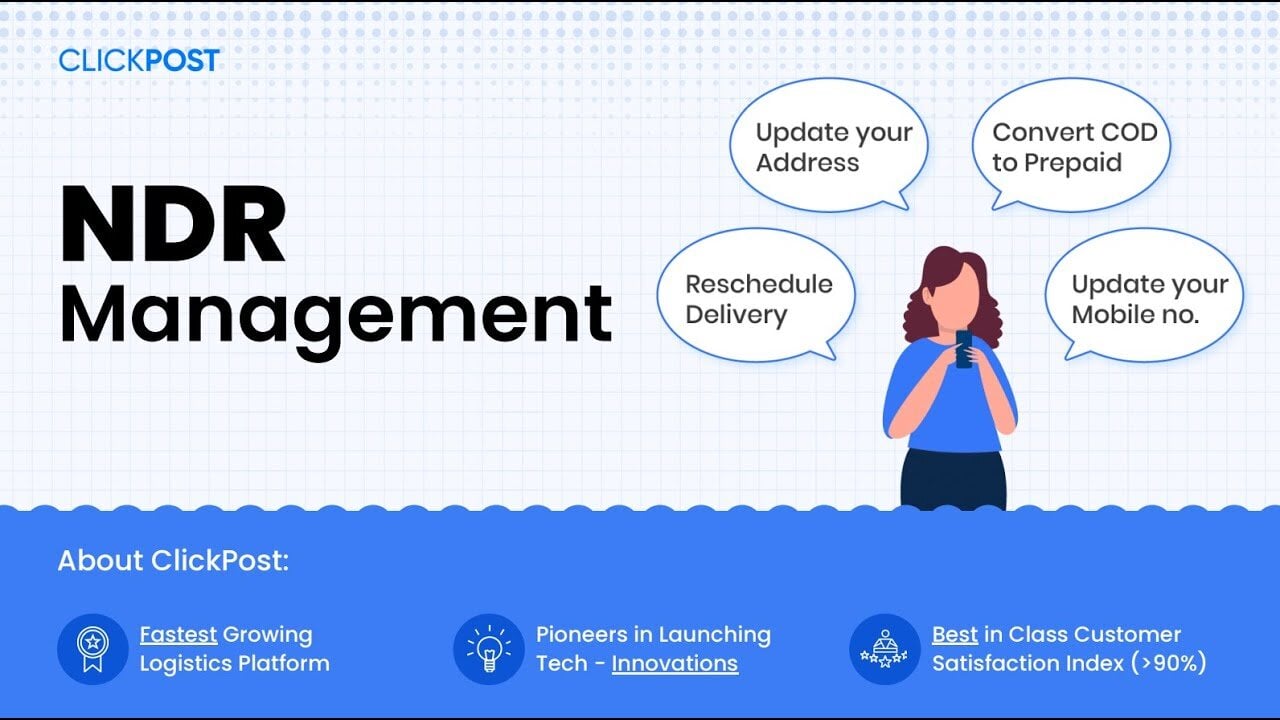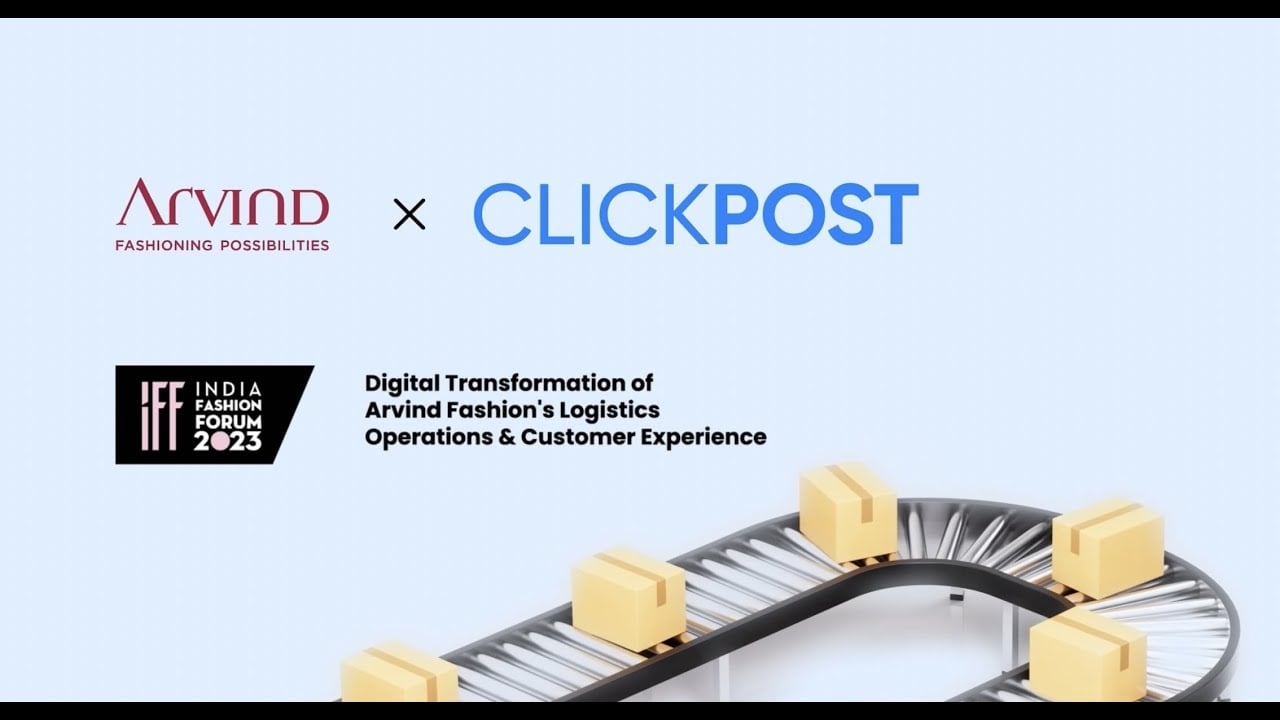- All
- eCommerce
- Featured
- Shipping
- Logistics
- Shopify
- Carrier
- Courier
- Returns
- Post Purchase
- Supply chain
- comparison
- Delivery Management
- Last Mile
- Shipment Tracking
- Engineering
- Fulfillment
- Inventory
- Customer Experience
- eCommerce Companies
- quick commerce
- Alternatives
- EDD
- Hyperlocal
- Ecommerce Returns
- Label
- Logistics Companies
- Warehouse
- Calculator
- Dropshipping
- Narvar
- Shipping Carriers US
- Thought Leadership
- eCommerce Fulfillment
- eCommerce Logistics
Featured Articles
Latest Articles
Proven Results Across Industries
See how successful brands like yours drive post-purchase customer experience with ClickPost.
ClickPost's integration feature allows for swift carrier integrations, enabling a one-point contact for seamless collaboration with multiple carriers.
Read case studyClickPost's automated NDR module helps you address non-delivery concerns, ensuring swift resolution for enhanced customer satisfaction.
Read case studyClickPost provides real-time alerts on order movement, complete control over carriers, and automated resolutions for B2B logistics.
Read case studyClickPost's automated logistics solutions resolve shipment delays, improve on-time deliveries, & provide real-time order visibility.
Read case studyClickPost's Revolutionary EDD Module helps you make accurate Delivery Predictions for Enhanced Customer Trust.
Read case studyRecent Mentions
ClickPost Launches New AI Tool That Reduces Failed Deliveries by 40%, Cuts Support Work by 75%

ClickPost introduces AI-powered voice agent for failed delivery management

Urban congestion to remote delivery: Tackling India’s logistics puzzle.

Berrylush Partners with ClickPost to Drive Customer Retention to 35% in 2025

Breaking Down Barriers - Why Omnichannel is the Future of Retail

The Link Between Intelligent Shipping Automation & Profitability

How e-commerce is revitalising India’s handloom heritage
ClickPost Introduces Atlas: A First-of-Its-Kind Benchmarking Platform to Transform E-commerce Logistics Strategy

Get the Latest Shipping News, Expert Guides and Invites.
From ClickPost Video Library



.png?width=879&height=549&name=Page%2074%20(1).png)



